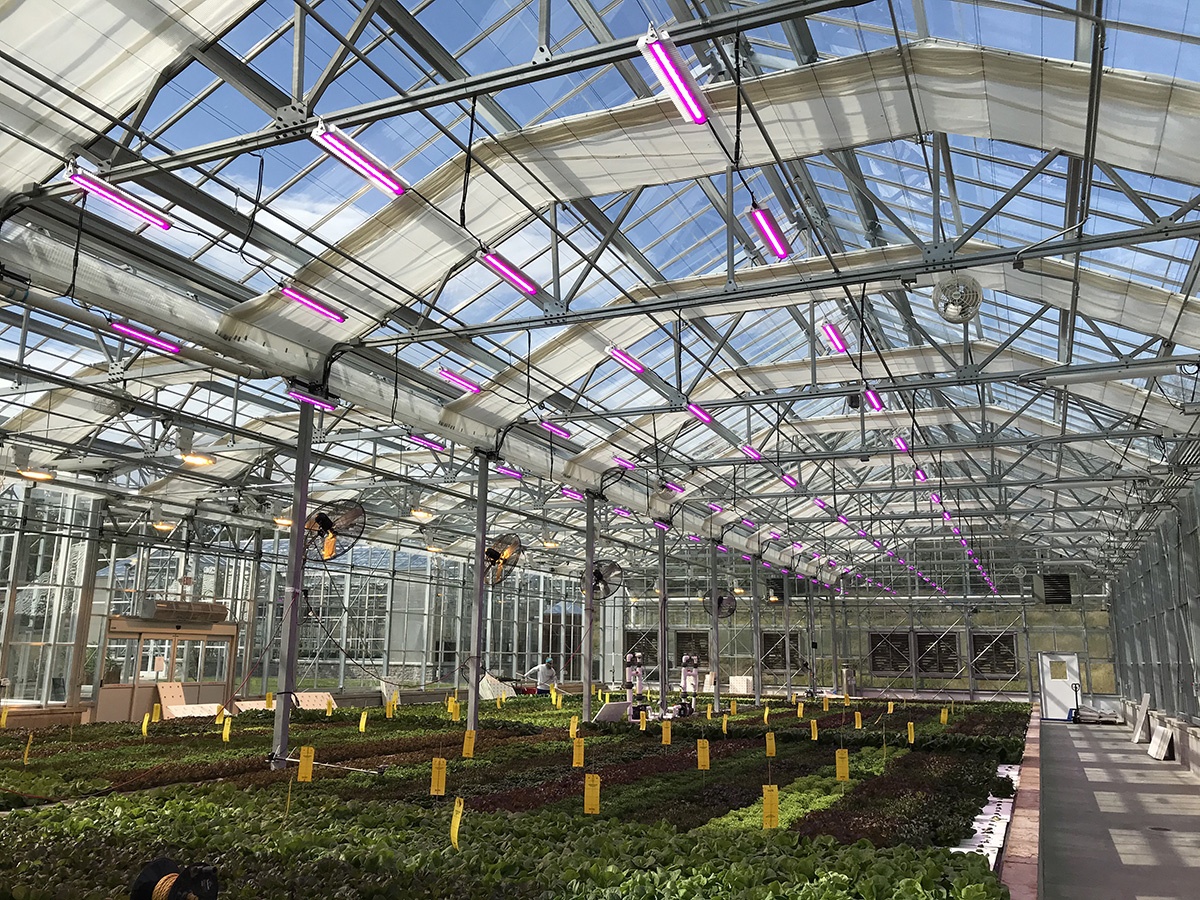
Temperature is starting to rise! It is time to take precautions and learn how to manage our growing systems in warm climates. We can learn how helpful a cooling system can be for our growing system by calculating the cooling capacity of our greenhouse.
Cooling capacity is the measure of a cooling system’s ability to remove heat. All greenhouses have a specific cooling capacity depending on different environmental conditions.
By calculating the cooling capacity of your greenhouse you will be able to learn how many degrees can be reduced when using these technologies. This calculation will help you to evaluate the precautions to be taken before taking decisions about investment for your greenhouse.
How can we reduce temperature inside the greenhouse?
First it is important to learn the difference between reducing overheating and reducing temperature in comparison to the outside. The use of shade cloths, exhaust fans, vents and ventilation fans can help you to reduce overheating, meaning avoiding rise of temperature inside the greenhouse. However, the use of this equipment alone will not help you to reduce temperature in comparison to the outside.
If looking to reduce temperature in comparison to the outside, a cooling system will be required. A cooling system includes evaporation of water, this process consumes heat. In order to reduce temperature in comparison to the outside we need evaporation.
Calculating cooling capacity in a greenhouse
Calculations to get the cooling capacity of a system includes the use of the concepts: Dry Bulb and Wet Bulb.
Dry bulb refers to normal air temperature. Wet Bulb refers to the temperature that air can reach if air is cooled down at 100% humidity. Dry Bulb is the minimum temperature that can be reached. By calculating Wet Bulb we can get the cooling capacity of a system using the following formula
Wet Bulb Depression: Dry Bulb Temperature – Wet Bulb Temperature
The result from this formula will give you the maximum cooling capacity of the system. But where can we get Wet Bulb Temperature? Wet Bulb Temperature can be calculated using Dry bulb temperature and relative humidity data from your system. In order to get Wet Bulb Temperature using Dry bulb temperature and relative humidity we need a Psychrometric chart (Picture 1).
Picture 1. Psychrometric chart
We can find Wet bulb temperature by making interceptions between Dry Bulb temperature, Relative Humidity and Wet Bulb temperature. Let’s practice by doing an example where Dry Bulb temperature is 35 C and relative humidity is 20%
Now that we have spotted wet bulb temperature at 18 C we can apply the Wet Bulb Depression Formula.
Wet Bulb Depression: 35 C – 18 C= 17 C
The result shows us that in a perfect scenario the cooling capacity of the system will be enough to remove 17 degrees celsius from the greenhouse. However, we must consider cooling systems such as wet walls and exhaust fans that do not have an efficiency of 100%. If we consider an efficiency of 80%, then the cooling capacity of the system will be 13.6 C.
How can the environment affect the cooling capacity of our systems? As we increase relative humidity, you will notice cooling efficiency will be reduced. Meaning cooling systems have higher cooling capacity in arid areas where relative humidity is low.
Temperature is starting to rise in many areas! And we need to be prepared! If you are planning to start production or looking to improve management in your current system it will be always important to take action and learn how to manage high temperatures.
How to manage high temperatures?
- Avoid overheating: Always look to maintain optimum levels of radiation eliminating excess short wave radiation with the use of shade cloths. Keep your greenhouse vented with fans, vents and exhaust fans if required
- Calculate cooling capacity of the system: Before making any investment, first check how useful a cooling system can be for your system. Calculate the cooling capacity and target the production window you may be able to cover by implementing this technology.
- Calculate amount of water to be evaporated: Once you know the cooling capacity of your system, the next step will be to calculate the amount of water to be evaporated in order to reach ideal temperature for your crop.
Remember the more you measure, the more you analyze your system, the best management you have. By optimizing system management you can improve production by extending the production window.


